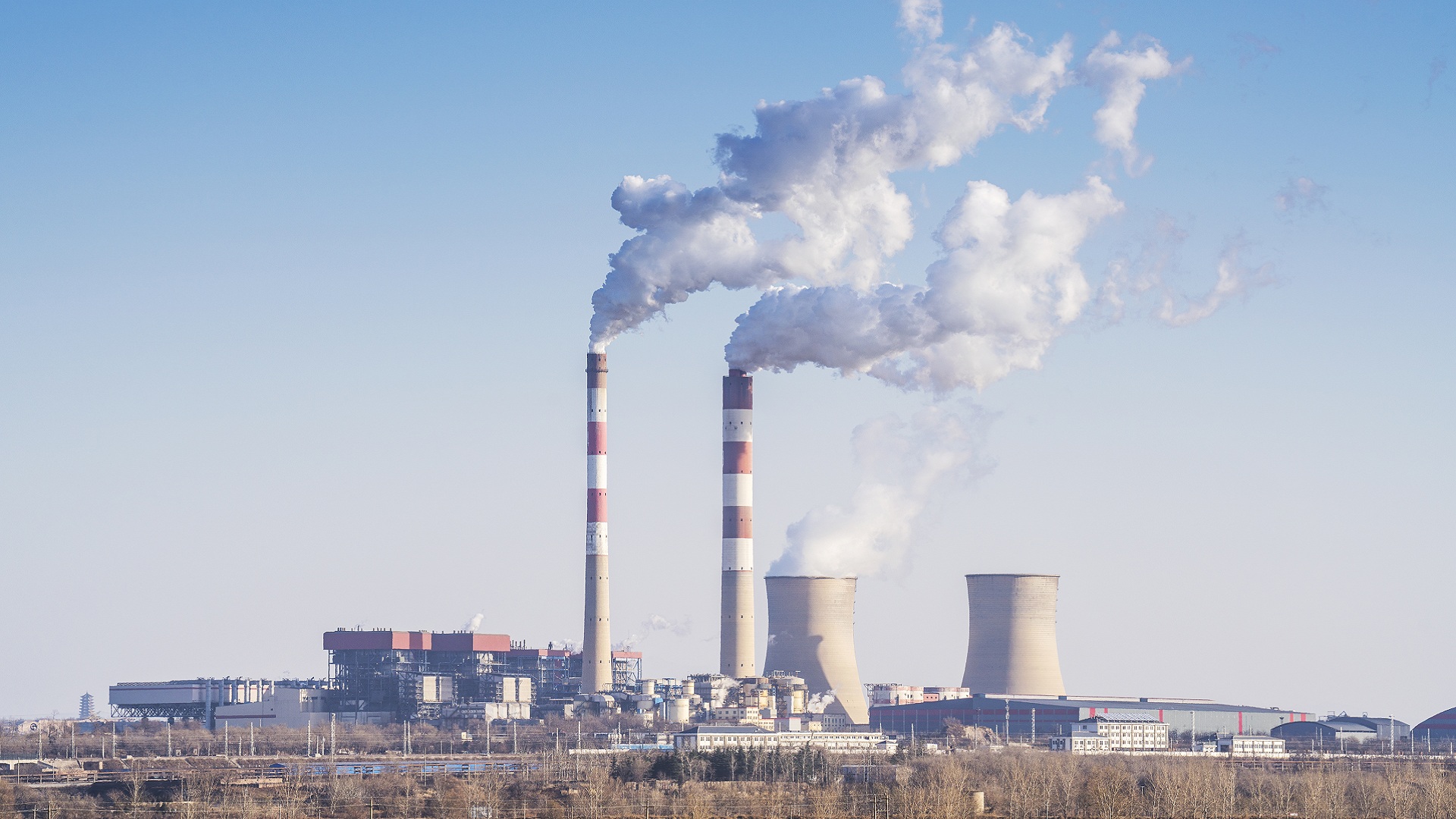Coal Plants Retire, Nuclear Revives as China Invests in Safer Reactors

The Concept of Converting Coal Plants to Nuclear Facilities
China is investigating the possibility of transforming its aging coal-fired power plants into nuclear power stations. This initiative, known as the “Coal to Nuclear” (C2N) strategy, aims to leverage the existing infrastructure of these plants to accelerate the transition toward cleaner energy sources. With China's extensive coal capacity capable of powering the entire United States, this shift could significantly reduce carbon emissions and support the country’s decarbonization goals.
The C2N approach focuses on utilizing the grid connections and water access of retiring coal plants for compact, meltdown-proof reactors. This method could provide a more efficient route to clean energy than constructing entirely new nuclear sites. Given the scale of China’s coal-fired power infrastructure, which exceeds 1.19 terawatts, and the fact that around 100 gigawatts are expected to retire by 2030, the potential for such a transformation is considerable.
Advanced Reactor Technologies in the Transition
China is uniquely positioned to implement the C2N strategy due to its advanced reactor technologies. High-temperature gas-cooled reactors (HTGRs) and molten salt thorium reactors generate hotter steam than conventional reactors, enabling them to efficiently power coal-fired turbines. These fourth-generation reactors may also meet safety requirements more easily and gain public acceptance, according to researchers.
The C2N initiative, proposed by the China Energy Engineering Group Co (CEEC), offers a direct path to decarbonization while preserving critical infrastructure, particularly in coastal areas. It has attracted attention from policymakers, engineers, and environmental analysts as part of China’s broader goals of achieving clean energy and carbon neutrality by 2060.
Globally, coal-fired plants account for about 30% of energy-related carbon dioxide emissions. In China, coal still generates over half of the electricity, making it the largest source of greenhouse gases. Nuclear power, which produces near-zero emissions during operation, has life-cycle emissions comparable to wind energy. China currently operates the world’s largest number of nuclear reactors, both in use and under construction.
Long-Term Implications and Future Possibilities
The transition from coal to nuclear is expected to span several decades, given the vast coal-fired power capacity and the long construction timelines for nuclear plants. However, breakthroughs in nuclear fusion technology could alter the future of this transformation. If such advancements occur, coal plants might be repurposed for fusion power rather than traditional fission reactors.
While the concept of converting coal plants to nuclear facilities is not new, recent developments have brought renewed focus. The United States included provisions in the 2022 Chips and Science Act to support similar conversions. TerraPower, backed by Bill Gates, plans to build a sodium-cooled fast reactor at a retired Wyoming coal plant.
In China, the pace of nuclear development is much faster, with seven to eight reactors constructed each year. This rapid growth, combined with high electricity demand along the densely populated eastern coast and limited land availability, makes the C2N strategy both feasible and strategic.
Challenges and Considerations
Despite the promise of the C2N strategy, challenges remain. Traditional nuclear plants require strict safety zones and abundant water, which most inland coal plants lack. However, HTGRs require smaller safety zones, less water, and can align with coal plant steam systems. A 600-megawatt HTGR can fit on a coal site with minimal land expansion, offering a practical solution for many locations.
Molten salt thorium reactors, which do not require water, are particularly suited for inland sites. An experimental reactor runs in the Gobi Desert, with a larger electricity-generating version under construction.
Costs and public perception also present hurdles. Social factors have become a key influence on infrastructure development in China. Public acceptance of nuclear energy and concerns about its safety directly impact decision-making by governments and enterprises.
To scale up the transition, regulators may need to open the market to more players, including traditional power companies that own coal assets. This could help drive the necessary investments and innovations to make the C2N strategy a reality.

Posting Komentar untuk "Coal Plants Retire, Nuclear Revives as China Invests in Safer Reactors"
Posting Komentar